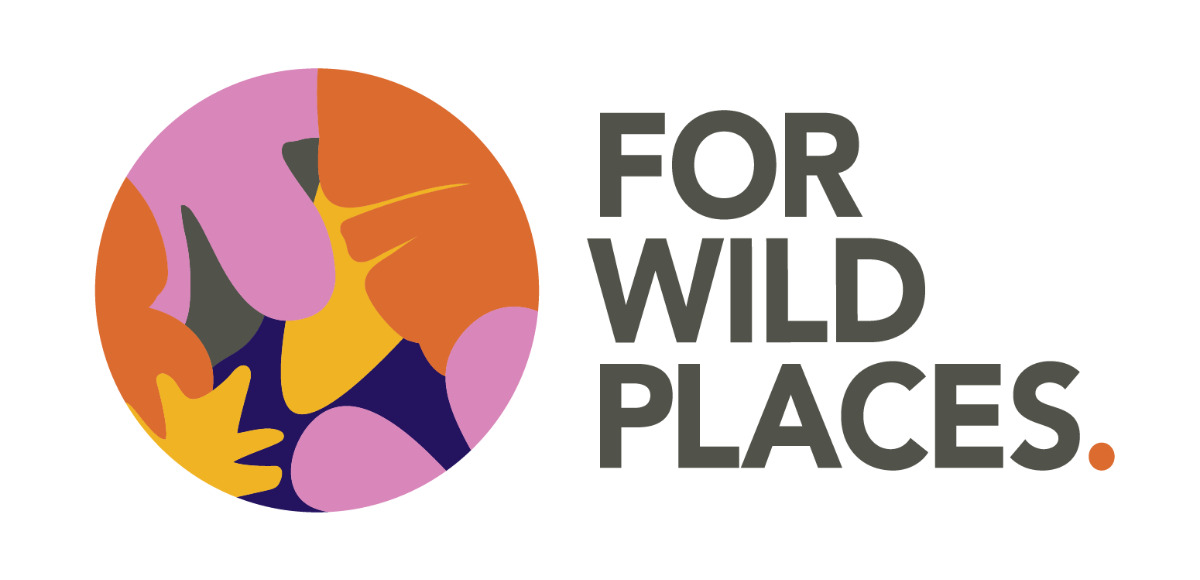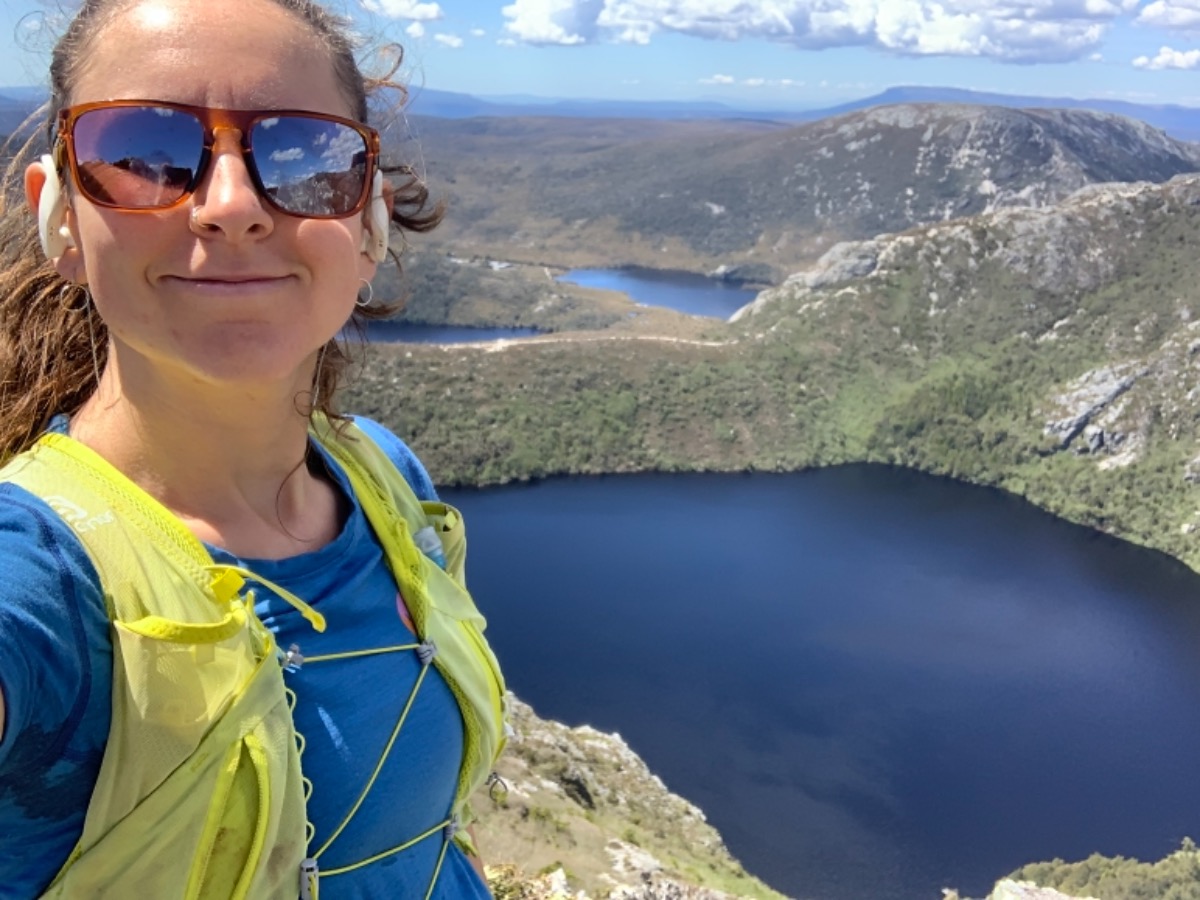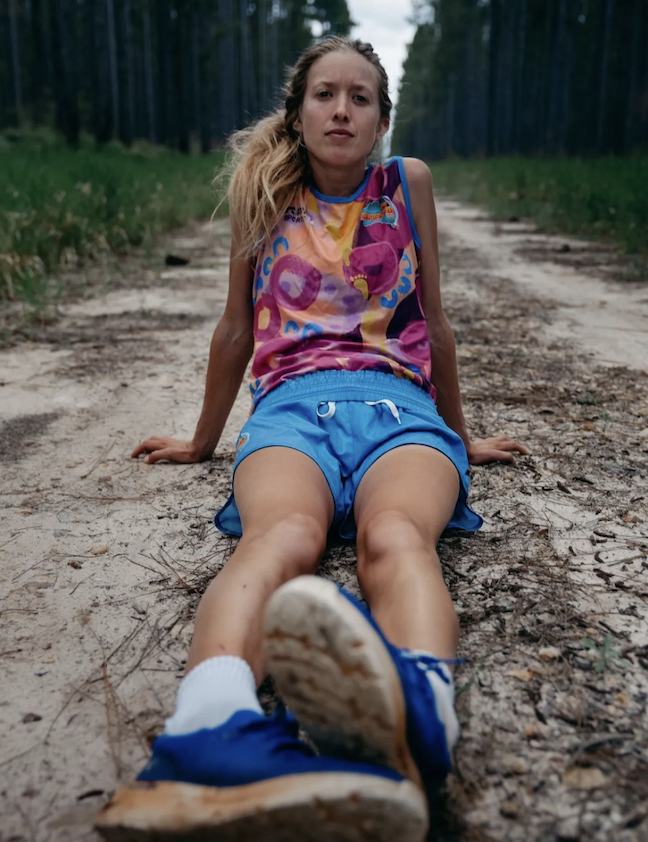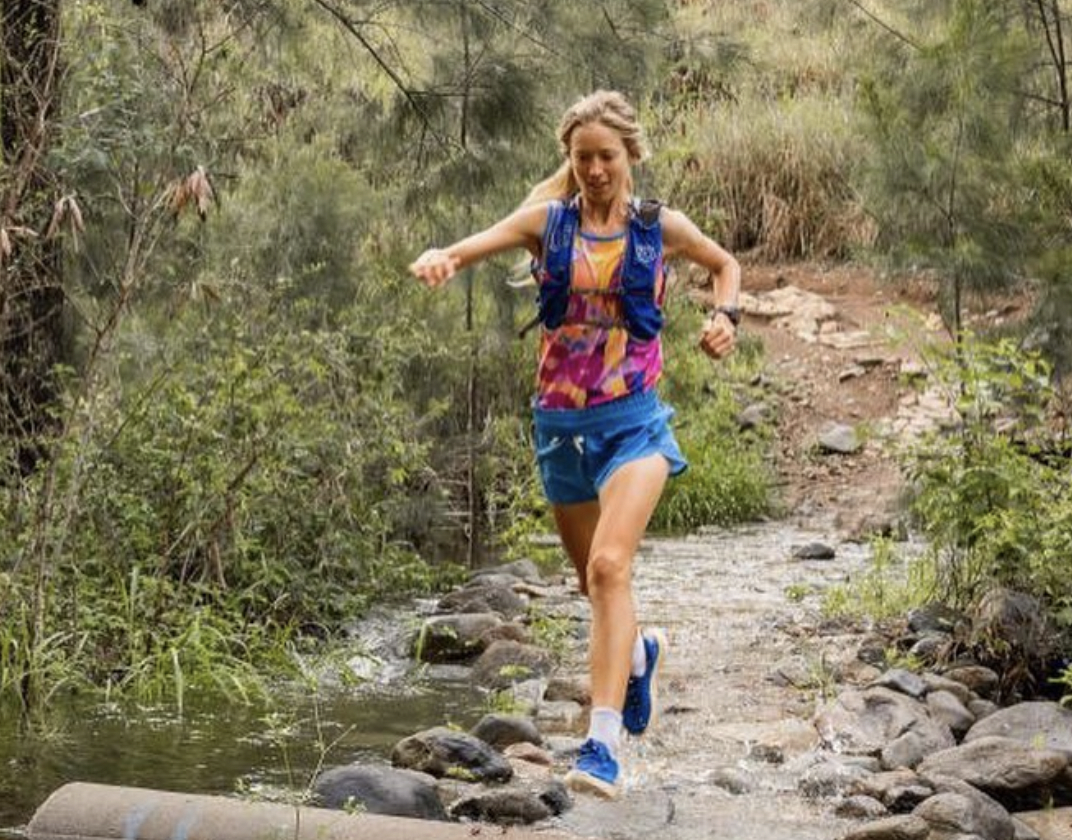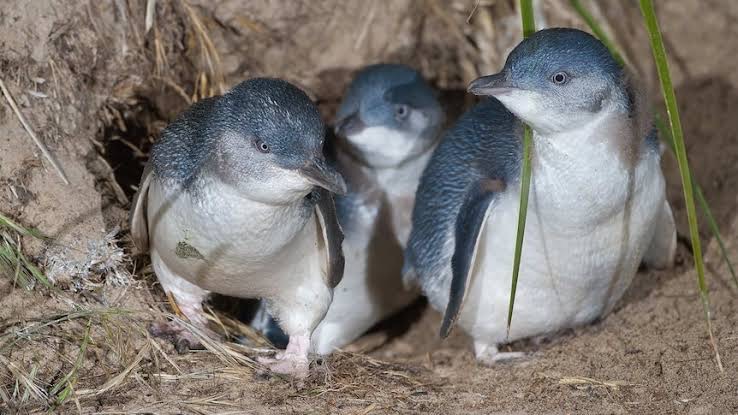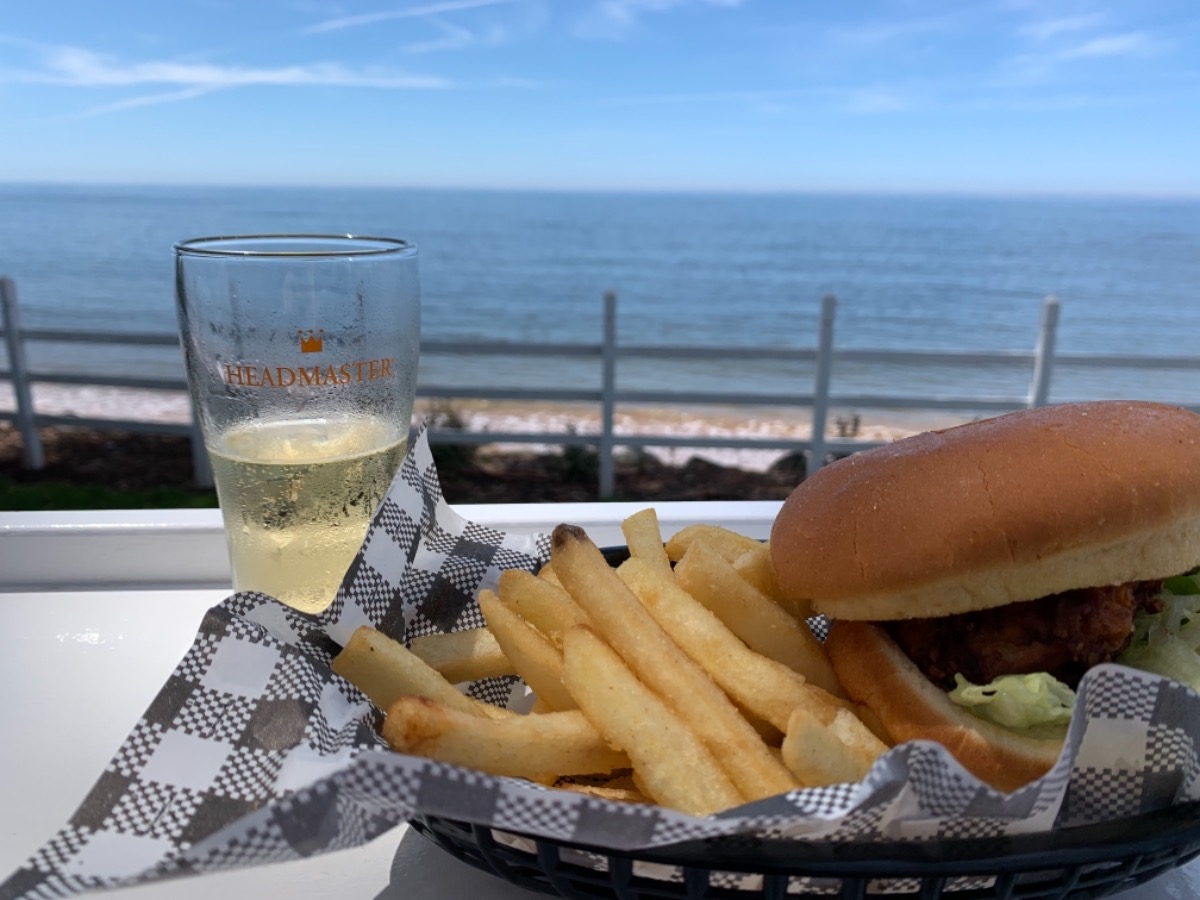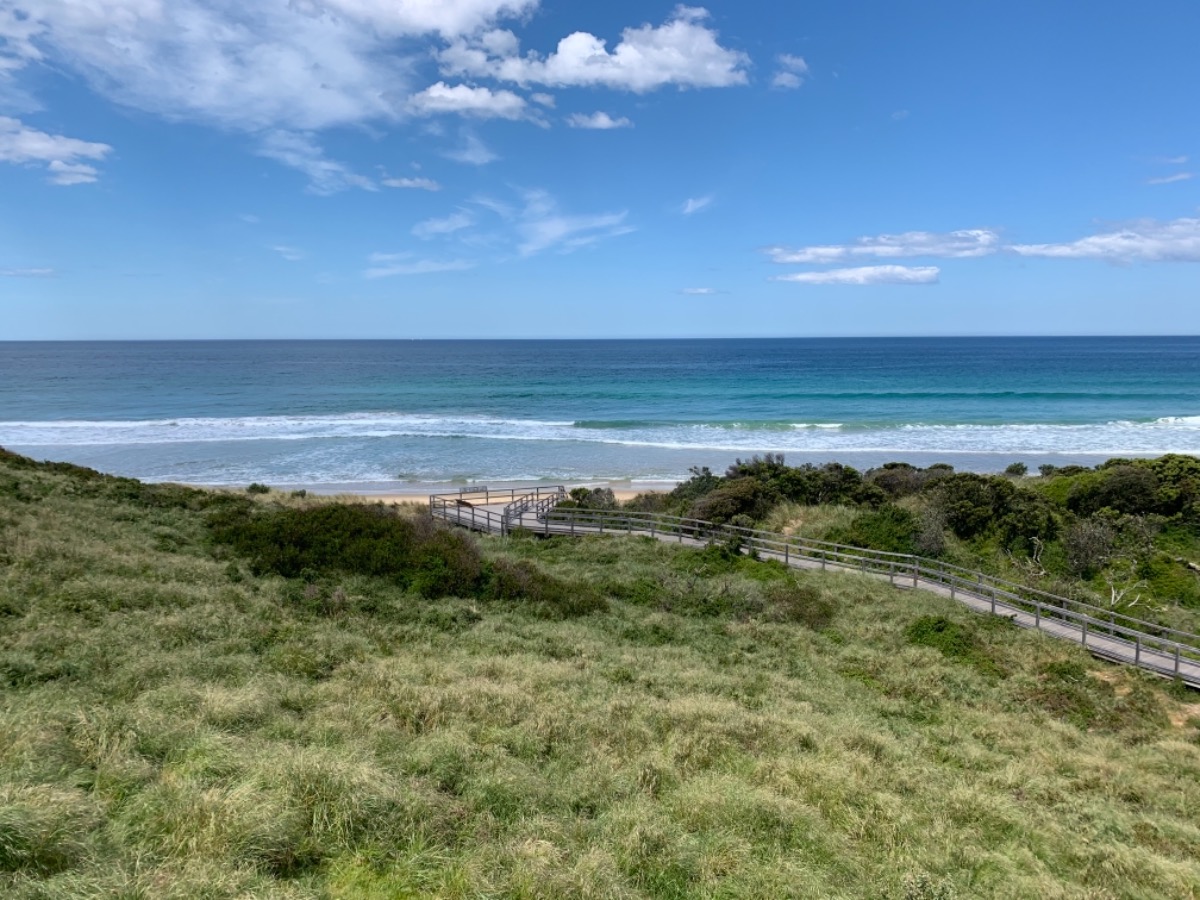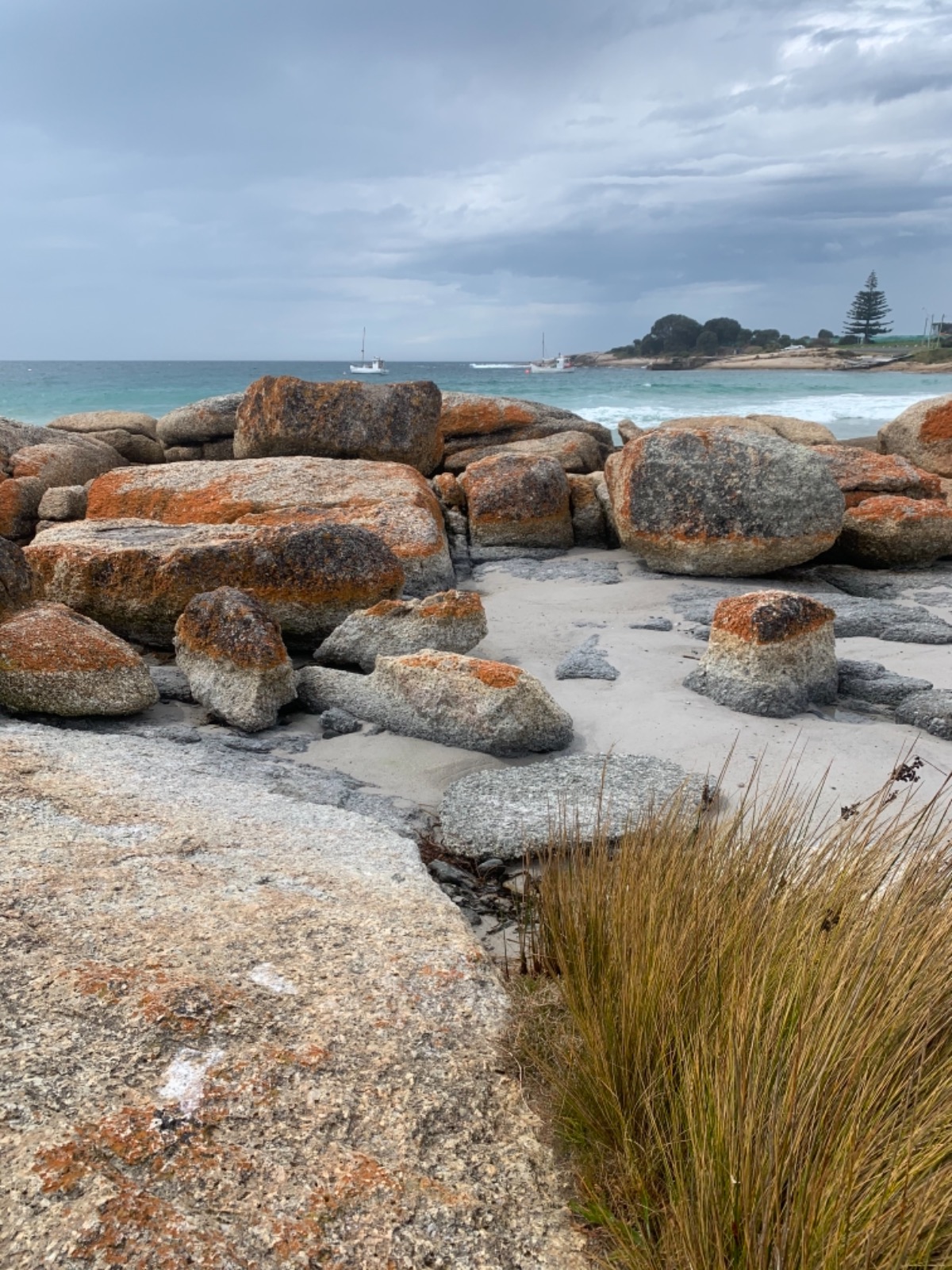18.11.2022 | Trail chats & the Little Penguin
Nov 18, 2022 12:01 am
We protect what we love
FRIDAY . 18.11. 22.
Happy Friday, FWP community! We hope this finds you well and ready for another action packed weekend. It's been another difficult week of news, with catastrophic floods through NSW, Trump going back for round two and Australia ranking 55 out of 60 in the CCPI, an independent monitoring tool that analyses and compares the climate policies of 60 (mostly) countries. The good news is we've climbed four spots in the last year - but there is no doubt we still have a long way to go. Victoria are heading to the polls on November 26th, with a huge opportunity to drive the government to go harder and faster to addressing the climate and biodiversity crisis.
Back in wild places, Hilary and Flick’s 'surf every day of November' continues - they are now on day 18 and, based on their IG stories, seem to be absolutely loving this challenge. I’ve just returned from 10 days of exploring lutriwita/Tasmania where I spent the long days outside - trail running, cycling and walking. I was very fortunate to summit kunanyi/Mount Wellington and Cradle Mountain, cycle around Bruny Island and explore a lot of local trails. After a very busy several months, it was nice to have some downtime, with the only thing on my daily 'to do' list being ‘get outside’. That was easy done!
Views of Crater Lake en route to the Cradle Mountain Summit. I love wearing my ioMerino FWP tee in the wild.
This week’s newsletter is actually being written from outside MONA, Hobart, as I eagerly* await for the doors to open (and I escape a misty drizzle rain). During the week, we had our 7th Trail Chat with Erchana Murray-Bartlett where she spoke about her record attempt, daily routine, dealing with fatigue and the extinction crisis. We provide a recount of this chat and link you to the video in this week’s newsletter.
We also talk about the Little Penguin, also known as the Blue Penguin. Whilst exploring Tasmania, I noticed a lot of signs up about Penguin viewing, and decided to try my own luck to spot a penguin one evening. I recount my experience, which is a strange mixture of guilt, anger and absolute awe.
*I honestly have no idea why people recommended MONA. It was the most underwhelming experience of my life. I don’t know how people can spend 3 hours in there. I was done within 40 minutes and that included following the app and reading artwork bios. My biggest issue with MONA was the absence of Indigenous artwork, or even an acknowledgement of Country of the land that MONA is based on!
TRAIL CHAT #7
With Erchana Murray-Bartlett
Erchana tuned in to Trail Chat #7, hot off her 89th consecutive marathon. Have you seen Erchana's Strava maps and wondered why she's running in a circle? Well, it's because she's not chasing the FKT from tip to toe, she's chasing the 'most consecutive marathons in a row' record. There are also a few more reasons for this. The most direct route is 'only' 3,800kms, yet Erchana aims to do 6,200kms. The most direct route wasn't logistically possible with her support vehicle (sections are too remote) and it would take her away from the townships, schools and running clubs that she wants to connect with. Running in 'circles' is also the perfect way to spend more time in Australia's national parks (as opposed to running straight down a highway).
Erchana also talks about her body adjusting to running a marathon a day. After reaching out to a number of people who had undertaken similar feats, each of them said "do not quit in the first two weeks, which are the hardest". In the first two weeks, Erchana had an ITB injury, calf injury and quad issues. However, she managed to mentally and physically adjust after a couple of weeks.
Erchana also speaks about her crew, which is mainly her partner - who is responsible for putting up and taking down the camper, driving the camper, cooking and, to quote "putting up with me while I'm emotional, which is 98% of the time at the moment". Erchana's mum also joined her for the first few weeks (on bike) and loved the experience of connecting with her mum outside in the dust and wind. Now she has a rotating support crew, all of whom are amazing volunteers. Finally, Erchana speaks about the support from her family and friends, who take the view "how can we support you" rather than "why are you doing this?" - how cool is that?!!!!
This was all in the first 20 minutes of the chat. Erchana also spoke about the selfless untold stories of so many people who are helping wildlife, the wildlife she's encountered, the amazing places she's visited, how dire the extinction crisis is, and so many other things.
You can watch this recording here, and follow along via @tip_to_toe2022 here. Erchana is over halfway to meeting her fundraising goal - you can help her reach $62,000 by donating here. Sharing Erchana's mission with friends, family, running groups and other type 2 fun-loving people to help spread the word, and raise awareness about extinction crisis.
🐊 🐨 🐍
LITTLE PENGUINS
Little Penguins are ridiculously cute. Here they are huddled outside their nest. Source.
The Little Penguin (also known as the Blue Penguin, Fairy Penguin or Eudyptula minor) are a small, flightless bird that live along Tasmania’s coastline. They are the smallest of all Penguins, with the average adult being 33cm tall and weighing 1kg.
Around 110,000 to 150,000 breeding pairs live along lutriwita/Tasmania’s coastline, however their populations have significantly declined on the mainland due to human impacts.
After seeing a number of signs that detail how to ‘safely view penguins’, I decided that I wanted to try my luck at spotting this little bird. After dressing in dark clothing, I wandered down to Waubs Beach and sat on the stone wall that lined the beach. Whilst sitting there (with heightened observation skills), I noticed a few things that really bothered me: people not wearing dark clothing, people walking across the beach, loud talking, white-light torches and, worst of all, humans following penguins to their burrow and then shining their infra-red torch into the burrow (forcing introverted me to say “stay away from them”). However, I also felt immense guilt at the fact that I was sitting on a wall between the water's edge and some burrows. Although there was no signage around that specifically told people to stay off the beach, I did recall seeing these signs in Bruny Island.
I was a little annoyed that the beach was allowed to be accessed by humans during this time, and couldn’t help but feel really sorry for these little birds. There’s a great David Attenborough documentary called The Year Earth Changed that details the silver lining of the Covid-19 pandemic. One part of this documentary outlined the significance of humans remaining off the beach so that penguins could safely return to shore.
Enjoying a local cider with chips and a burger at The Penguin Beer Co in Penguin/Tommeginne country after cycling 114kms (1000m elevation gain) from Cradle Mountain to Penguin (yep, it’s not only a bird, but the name of a small coastal town). Without a doubt, the best burger and chips I have ever had!
Despite the guilt that I felt, I cannot help but feel that greater education and signage could have helped my experience (there were no signs that asked me to stay off the beach). It was only through this experience that I am able to write about this concern, and also research how to safely view penguins, so that others don’t make the same mistake I did. Here are some recommendations:
Join a tour or locate an observation deck
Penguin viewing tours run at various spots around Tasmania. These are a great way to see the birds without running the risk of scaring them away or damaging their burrows. Alternatively, locate a local observation deck. These decks have been built near some larger established little penguin colonies, and are the best way to safely watch the penguins coming home without hurting or scaring them.
An observation deck on Bruny Island/Nuenonne country, with important signage that educates humans on the importance of staying off the beach after dusk (among other factors)
Stay off the beach after dusk
Little penguins return after dark from feeding in the ocean. They gather together on the water's edge before making a dash up the beach in a group, where they then scatter to their individual burrows. If you are on the beach (or anywhere between the water's edge and their burrows) as they are trying to return, they may get scared away, meaning their young don’t get fed.
Keep quiet, reduce movement and only use infrared light
Penguins are shy, timid birds that can easily be scared by humans. Be sure to wear dark clothing, keep still and remain quiet when waiting for the penguins to return from a day's feeding. Since penguins cannot see infrared lights, only use this type of lighting to view the birds, such as the red setting on your headtorch - do not use your phone, white light and maybe turn your watch light off.
Keep dogs and cats far away
Never take your dog for a walk near known burrows, and keep your dog on a leash during breeding season. Never take your dog with you to watch penguins return after dark. Unfortunately, there are too many news reports of dogs killing penguins. There are designated dog beaches along the coast of Tasmania, where there are no penguin populations - dogs should only be taken here. In addition, if you see a dog on the loose in lutriwita, you can report it using the free Snap Send Solve app, which you can download here. This app lets you add a photo, records the location and alerts council officers.
Whilst I haven’t seen any recommendations for domestic cats, as a cat owner myself, I would only take my cat out on a harness/leash during breeding season (in addition to keeping cats inside at night).
Finally, it’s important to note that penguins are protected wildlife and it is illegal to try to catch them, harass them or hurt them and their burrows.
Waubs Beach, Bicheno/Paredarereme country. One of the many beaches where Blue Penguins make their nests and come ashore of a spring evening
🐧 🐧 🐧
That's all from us this week folks!
Until next time, remain stoked, stay safe and, as always, thank you for taking the time for wild places. ✌🏽
Elanor & the For Wild Places team
UPCOMING EVENTS
20/11 Great Forest Trail Marathon, Healsville | register
11/02 Trail First Aid Course, Arthurs Seat | register
25/02 takyana Trail, Waratah, Tasmania | register
We acknowledge the the First Nations people who have been custodians of land, waters and culture for tens of thousands of years. We pay respects to First Nations Elders past, present and emerging.
This email was written on the lands of the palawa people, the custodians of lutriwita. To these people, we pay our respects.
Always was, always will be.
